Discover the Charm of Alfama: 15 Top Things to Do in Lisbon’s Historic District overlooking the city (2023)
The historic district of Alfama in Lisbon is the oldest area of the city and oozes with gorgeous vistas, cobbled streets and cultural sites that harken to old Arabic and Islamic times to Iberian rulers that created more impressive monuments and cultural treasures in the area. You can easily explore the area on foot or even take some guided tours around the district to get a real taste of local life, art, amazing views and places to eat along the way.
In this guide of the Alfama, we will share some of the history, cultural buildings, scenic viewpoints, top attractions. We share the typical local foods to sample, restaurant recommendations and many more inside tips on visiting this colorful and vibrant district.
So, let’s get started with the best things to do in the Alfama district of Lisbon
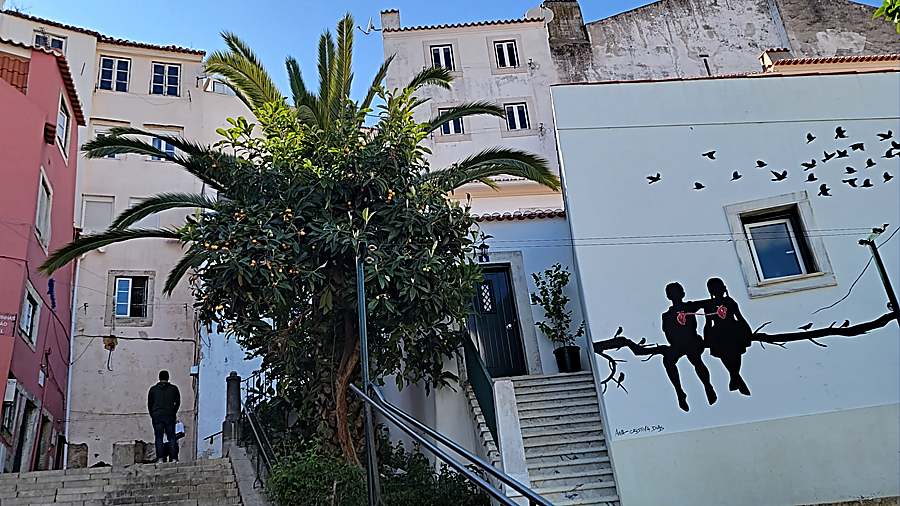
The best things to do in the Alfama District of Lisbon
A little history about the Alfama
The Alfama is the oldest district of the entire city of Lisbon, in fact the area traces itself back to xxx with the entire city resembling the narrow streets in the district. The name Alfama is derived from the Islamic word “Al – Hamma” meaning bath and fountain where you will find lots of fountains all around the district today.
From the years 711 to 1147, the city was ruled by the Moors and this mostly Muslim neighborhood was where the wealthy elite lived in ancient Lisbon.
In 1147, the Moors were defeated and the city was taken back by Christian rulers and most of the wealthy moved out to be replaced with fishermen, sailors, ordinary and poor people who flocked to the affordable parts of this district and eventually the area came into decline and was about to be razed to the ground if not for the devastating earthquake of 1755 which damaged most of the city.
But, the Alfama was spared along with a few other neighborhoods which stuck together as a community and became a strong neighborhood community that still has a strong sense of community for visitors wanting to explore and she the historic attractions around this district.
Where is the Alfama district in Lisbon located?
The Alfama district is located in the historic heart of Lisbon, Portugal. It is situated in the oldest part of the city, covering the eastern slope between the São Jorge Castle and the Tejo River. Alfama is known for its narrow winding streets, colorful houses, and rich history, making it one of the most iconic and picturesque neighborhoods in Lisbon.
It’s easy enough to climb the streets and stairs or even take the famous tram 28 to get to the heart of the Alfama.
How to get to the Alfama District
You can get to the Alfama district four different ways by walking, taking trams, public buses or taxi/uber rides
The most popular is Tram 28 which starts off at the entrance to the Alfama and makes its way through the cathedral, the miradouro and other attractions around the Alfama to explore
You can walk around the Alfama and climb the streets to the different parts of the district from the Cathedral and up to the top at the castelo for the magnificent views below
Buses also cover some of the back areas of the district and gets your up through the back way.
Last, you can catch a taxi or Uber to get to any attractions around the city you are heading to, traveling around by both methods is relatively inexpensive for short distances into the Alfama district.
Consider getting a Lisbon card which will cover your transportation and attraction daily for the timeframe you want to visit the city
Inside tips to visiting the Alfama
Since the area is hilly with cobblestone streets, make sure to wear sturdy and comfortable shoes that won’t trip you up on uneven pavement.
This is a neighborhood, be respectful– this is still a working neighborhood so do be aware of locals getting around and living in the area and give them space and privacy
Rainy season issues – the pavements are very slick in rainy weather so be extra careful when you are walking around to make sure you have solid footing in your steps.
The Alfama is very popular at night time with the restaurants and Faro clubs that have made this area well known and fun to visit the clubs.
The morning time frame is when everything is alive at the Alfama and you can really experience the working world of this district.
If you love views, go later in the afternoon and visit the various viewpoints or miradors which are public spaces with fantastic views
The Alfama district is famous for it’s Fado and entertainment venues, so make sure you book an event for dining, drinks or the show on its own.
The touristy but scenic Tram 28 is the best way uphill and a real taste of life in this fantastic old town, take it to the top and then walk down to the main central part of the city.
15 places to visit and things to do around the Alfama
-
Castel de Sao Jorge – Castle of St. George
One of the historic national monuments of Portugal, the Castel de Sao Jorge was originally a Roman castle built 200 BC and later fortified in the mid-11th century during the Moorish occupation and was used primarily as a fortress and defense for the city and housing military troops.
This was changed when the Moors were defeated and the rulers converted the castel into a royal palace. The Spanish converted it back to a fortress and military barracks after they ruled the city. Afterwards with Portuguese independence, the castel was declared a national monument and preserved as a living museum for all to enjoy.
Today the castel has a small museum and you are allowed to walk around the ramparts of the castel and check out the gorgeous views of the city below.
Tip – you’ll find some fantastic views walking around the ramparts of the castelo and some unique views to also explore while you are climbing around the various towers and walls.
Exploring the towers and ramparts around the castelo
-
Lisbon’s Cathedral Se
The Sé de Lisboa or Cathedral of Lisbon is the oldest church of Lisbon and dating back to 1147. A mix of architectural styles, the church is mostly Romanesque and Gothic styles combined. The church has been rebuilt many times and survived the great earthquake of 1755.
One of Portugal’s national monuments, the church and cloisters are open for visitors to see the inside, tower and cloister areas and is open from 10am to 6pm daily.
-
Igreja de Sao Miguel
An important local church in the Alfama with elaborate interior decorations and striking exterior architectural details. Sitting in an unassuming square the small church is a good one to visit especially if you want to get away from the and crowds for a short timeframe.
-
Museo de Lisboa – Teatro Romano
You’ll find the Roman Theatre ruins located in a former leather bag factory and a printing press building.
The Museum of Lisbon stands over an archeological dig site and houses interesting artifacts and information about an ancient Roman Theatre that you can learn about when you visit.
Visit the Miradouro of the Alfama
The many Miradouro or lookout points around the Alfama are very popular with visitors to see the views, take some selfies and hang out around the bars and restaurants or just seating areas to enjoy the views.
-
Miradouro de Santa Luzia
If you take the tram 28 line, it will automatically stop at this spectacular Miradouro or look out point with views of mostly the river front area of the Tagus below and spectacular architecture that surround this area.
-
Miradouro de Graca
One of the best views of the entire city is from the terrace of the Miradouro de Graca which is located above the castel and has trees and an open-air café to enjoy and relax. This is a beautiful miradouro and later in the afternoon is relaxed and not so hot with breezes flowing through the area. Late afternoon to sunset is a gorgeous time to be here.
-
Miradouro das Portas do Sol
Another beautiful lookout points and terrace that offers sweeping views of all the red rooftops down to the Tagus River. This is another fantastic spot to hang out in, find a bar or cafe and enjoy the views into sunset and late into the night.
-
Lisbon Military Museum
This elaborate and beautiful museum hosts a complete military collection of artillery, beautifully painted interior rooms and fascinating collections from hats, guns, cannons and other war memorabilia that makes this a must visit even if you are not into war related content.
The details of the ornate rooms and all the miliatry regalia and collections makes this one of the most fascinating and rich displays from Portugals past into a beautiful museum to explore.
Ornate rooms with beautiful collections of military regalia and armaments
-
Museum of Fado
The history of music and Fado is strong in the Alfama with this museum that shares some of the beautiful music, displays, instruments, artwork and various exhibits that celebrates the Fado in this country’s social fabric and music nature even to today’s time frame.
10. National Pantheon
This impressive architectural building houses all the celebrated tombs of national heroes and figures of Portuguese importance including Vasco de Gama, artists, writers and royalty.
The beautiful marble façade is matched with the ornate interior and tombs to these important figures.
11. Church and monastery of Sao Vicente de Fora
A beautiful church located below the Miradouro and pays tribute to the many European and Portugues crusaders that are buried in its crypt and tombs below. The church and monastery stands in gorgeous white and looks beautiful from any of the miradouro viewpoints. The interior altar and details are worth entering the church to visit and even relax from the extreme heat on hot days in the Alfama.
Interior details of Church and monastery of Sao Vicente de Fora
Flea market fun at the Feira da Ladra
12. Campo de Santa Clara
A popular flea market happens on Tuesday and Saturday around the plaza area and called the Feira da Ladra, or “Thief’s Market.” It’s lively and colorful where you can find treasures or even souvenirs for great deals. There are lots of eateries and bars to hang out after shopping around the markets or you can just relax in the park areas in the open plaza behind the churches.
Looking for antiques and treasures at the flea market days
13. Amalia Rodrigues Mural
A beautiful mosaic mural and famous street art in Lisbon depicts Amalia Rodrigues, a famous fado singer who popularized the fado craze to the rest of the world. The cool mosaic blends beautifully to the cobblestone street and is a fun place to photograph the mosaic and other details in the area or a fun selfie if that’s your thing.
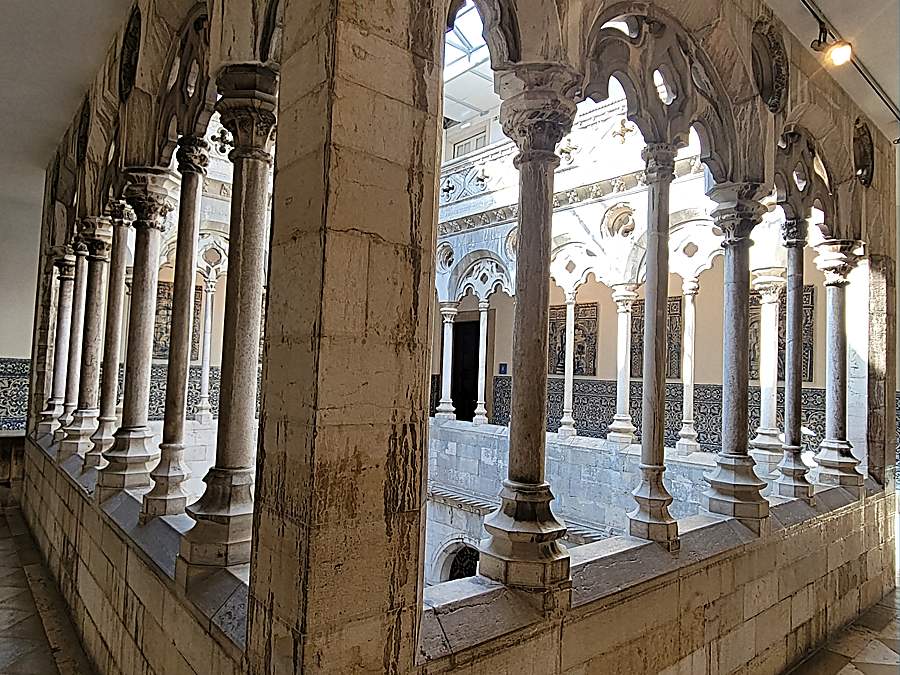
National Tile museum exhibits and displays
14. National Tile Museum
Located in a beautiful restored convent, the National Museum of tiles houses an extensive collection of mosaics and tiled murals that impresses the minute you walk into the many galleries. The church inside is also wonderfully decorated with painted tiles that showcase the beauty of these azulejo tiles which is a popular decorative element that Portugal is known for.
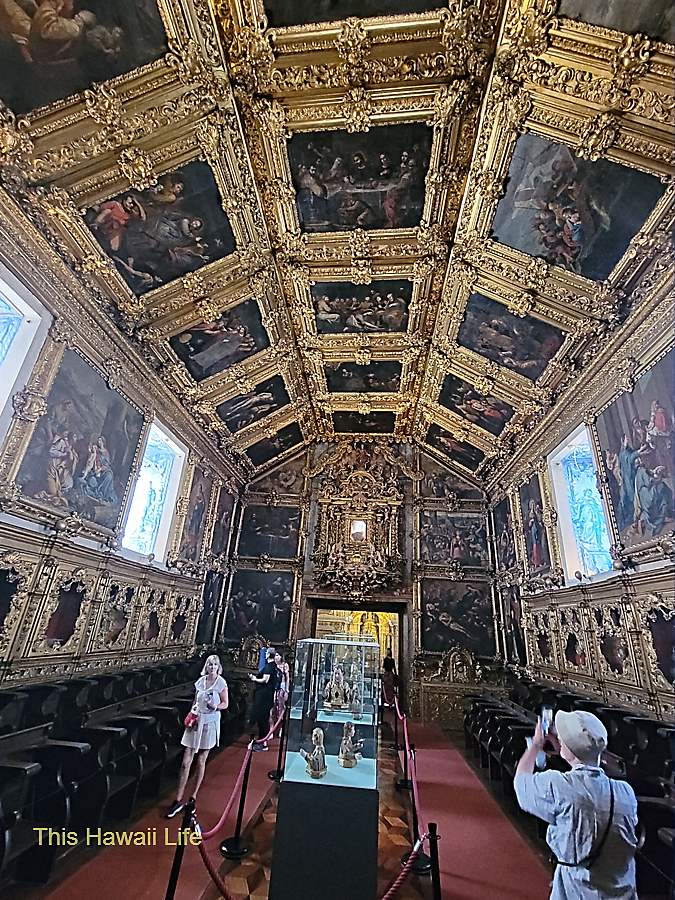
Interior church details and tile displays
Gorgeous azulejo tile displays at the National Tile Museum
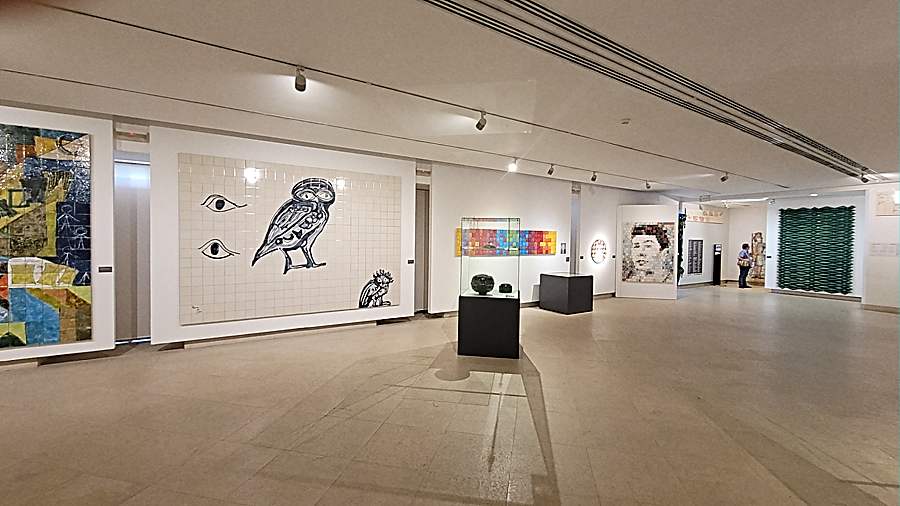
National Tile museum exhibits and displays
15. Enjoy a Fado experience in the Alfama
The Fado experience is strong and vibrant in the Alfama district where the national pastime of Fado singing and acoustic instruments really add to the experience of visiting around the Alfama. There are still a few popular Fado places to visit around the Alfama district to include:
Parreirinha de Alfama
A Baiuca
Clube de Fado
Sr. Fado de Alfama
Páteo de Alfama
The fado experience can be done with dinner service or just drinks and the show itself for the price of admission to the Fado show. All of these traditional Fado clubs are fun to go to at night in the Alfama and have an excellent experience in this historic district.
Here’s a quick look at the Fado experience in one of the Alfama clubs below
Weather and the best time to visit Lisbon
Lisbon enjoys a Mediterranean climate, characterized by mild winters and hot summers. The city experiences pleasant weather throughout the year, but the best time to visit depends on personal preferences and interests.
Spring (March to May) and Autumn (September to October) are generally considered the optimal seasons to visit Lisbon. During these months, the temperatures are mild, ranging from 15°C to 25°C (59°F to 77°F). The city is less crowded compared to the summer months, making it easier to explore popular attractions comfortably.
Summer (June to August) is the peak tourist season in Lisbon. The temperatures soar, often reaching 30°C (86°F) or higher, and the city is bustling with visitors. It’s a great time to enjoy the beaches and outdoor activities, but be prepared for larger crowds and higher prices. Booking accommodations and attractions in advance is advisable.
Winter (December to February) in Lisbon is relatively mild compared to other European destinations. The temperatures range from 8°C to 15°C (46°F to 59°F). While it’s not as warm as other seasons, Lisbon still has plenty to offer, including cultural events, festivals, and lower accommodation rates. Pack a light jacket for cooler evenings.
Keep in mind that Lisbon can be quite rainy during the winter months and occasionally experiences strong winds. If you’re planning outdoor activities, it’s a good idea to check the weather forecast in advance.
Traditional food to experience in the Alfama district
When exploring the Alfama district in Lisbon, you’ll eventually get hungry and you should try the local cuising or street food in the area. Check out these traditional foods you should experience:
Bacalhau à Brás: A classic Portuguese dish made with salted codfish, eggs, onions, and thinly sliced potatoes. It’s a flavorful and satisfying dish commonly found in traditional restaurants in Alfama.
Sardinhas Assadas: Grilled sardines are a staple of Portuguese cuisine, and Alfama is an excellent place to indulge in this traditional delicacy. During the summer months, you’ll find sardine festivals and street grills serving up these delicious fish.
Caldo Verde: This hearty soup is a Portuguese favorite, made with kale, potatoes, onions, and a generous serving of Portuguese chouriço (sausage). Warm and comforting, it’s a great choice for cooler days.
Pasteis de Bacalhau: These golden, crispy codfish cakes are a popular snack in Portugal. Made with mashed codfish, potatoes, and seasoned with herbs, they are a must-try street food in Alfama.
Pastéis de Nata: Indulge your sweet tooth with Portugal’s famous custard tarts. These delectable treats consist of a flaky pastry crust filled with a creamy custard filling. Look for traditional bakeries in Alfama to savor these mouthwatering pastries.
Arroz de Marisco: If you’re a seafood lover, don’t miss the opportunity to try Arroz de Marisco, a flavorful seafood rice dish. Packed with a variety of fresh seafood such as shrimp, clams, mussels, and sometimes crab or lobster, it’s a seafood lover’s delight.
Ginjinha: As you stroll through Alfama, keep an eye out for small stands or bars offering Ginjinha, a traditional Portuguese liqueur made from sour cherries. Sip on this sweet and tangy drink served in a small chocolate cup for a truly authentic experience.
Where to eat around the Alfama
The Alfama district is a very popular tourist district and you will get your variables of good food vs tourist food that is sold for the views or convenience of that location. If you are looking for really delicious meals to sit and relax and enjoy a delicious meal then check out some of the places below
Prado Restaurant $
A farm to table dining approach to this casual but well executed Michelin dining spot in the Alfama district. The changing menu features classic dishes and dishes done with local ingredients and made with the Chef’s own interpretation.
Restaurante Farol de Santa Luzia $
A popular and local seafood restaurant at Santa Luzia area. You’ll find classic menu items to try like mexilhão de cebolada e pimentos (mussels with peppers in a tomato sauce) and lombo de bacalhau à lagareiro (grilled salted cod fillet with baked potatoes) or if you are really hungry and want to share a dish, consider the cataplana de peixes or seafood fish stew.
Princesa do Castelo $
A fantastic vegetarian restaurant very close to the castelo is one of the best in the entire city. Princesa do Castelo offers a delicious seitan shepards pie, mushroom and avocado toasts and that serves hearty bean soups that will fill you up or choose any of the dishes that are specials and changes weekly on the menu.
More inside tips on exploring the Alfama district in Lisbon
Sure, let’s delve into the heart of Alfama, Lisbon’s most charming district, without mentioning the obvious highlights.
Get Lost in the Narrow Streets
The best way to explore Alfama is to get lost in its labyrinth of narrow, winding streets. Don’t worry about a map; just wander. You’ll stumble upon hidden gems, cozy cafes, and local life unfolding before your eyes.
Local Fado Spots
Instead of the well-known Fado venues, ask a local for recommendations. You might discover an intimate spot where the soulful sounds of Fado resonate more profoundly.
Graffiti Art Hunt
Alfama is adorned with captivating street art. Take a self-guided graffiti art hunt and be surprised by the talent that lies within the district’s walls.
Tram No. 28 Alternatives
Rather than queuing for Tram 28, consider taking Tram 12 or Tram 25. They offer a less crowded, equally charming ride through Alfama.
Hidden Miradouros
Alfama boasts incredible viewpoints apart from the famous ones. Ask locals for directions to lesser-known miradouros, where you can enjoy breathtaking vistas in serenity.
Family-Run Tascas
Skip the touristy restaurants and opt for small, family-run tascas. You’ll savor authentic Portuguese cuisine and experience genuine hospitality.
Meet the Cats
Alfama is known for its feline inhabitants. Embrace the local culture and spend some time with these charming alley cats – they have their own stories to tell.
Sunrise or Sunset Strolls
To avoid the crowds, take early morning or late evening strolls. The district exudes a different, more tranquil charm during these hours.
Antique Shops and Flea Markets
Alfama is a treasure trove of vintage finds. Explore the antique shops and flea markets, and you might stumble upon a unique souvenir.
Mingle with Locals
Strike up conversations with the friendly locals. They can provide you with insider tips, stories, and a deeper understanding of Alfama’s rich history.
Exploring Alfama off the beaten path allows you to discover the district’s hidden secrets, making your experience all the more memorable. Enjoy your adventure in this historic and enchanting part of Lisbon!
Further reading on Lisbon and Portugal
8 traditional Portuguese foods
The National Tile Museum at the Alfama district
Final Thoughts to visiting the Alfama district of Lisbon
Don’t be afraid to walk around the Alfama and get lost, it’s easy enough and you can talk to most shop owners and visitors about getting to the main streets. Or you can easily get an Uber ride or tram back downhill from any of the narrow streets. Don’t forget to watch a local fado show or try out one of the local cafes in the area and enjoy the afternoon or sunset overlooking the fantastic miradors to the city below.
Enjoyed the post – please pin it!
Conclusion on Things to do in the Alfama
In conclusion, visiting the Alfama district in Lisbon is an enchanting experience that should not be missed. With its narrow streets, charming atmosphere, and rich history, Alfama offers a glimpse into the city’s past and showcases the authentic beauty of Lisbon.
By following some inside tips, you can make the most of your visit. Wear comfortable shoes to explore the district’s winding streets and hills, and take the opportunity to explore on foot to truly immerse yourself in the neighborhood’s unique ambiance. Visiting in the morning allows you to enjoy Alfama’s authenticity and capture stunning photos without the crowds.
Don’t forget to indulge in the local cuisine, experience the soulful Fado music, and engage with the friendly locals who call Alfama home. Whether you’re visiting São Jorge Castle for panoramic views, riding the iconic Tram 28, or simply getting lost in the alleyways, Alfama offers endless opportunities for exploration and discovery.
Hope that this post has been helpful to planning your visit to the city and if so, please do share it with any of the social media channels and buttons located below.
Disclosure – some of the links above are to affiliate sites that are either reviews or recommendations if you book helps to keep our site running at no additional cost to you. We appreciate your supporting our website meanwhile.

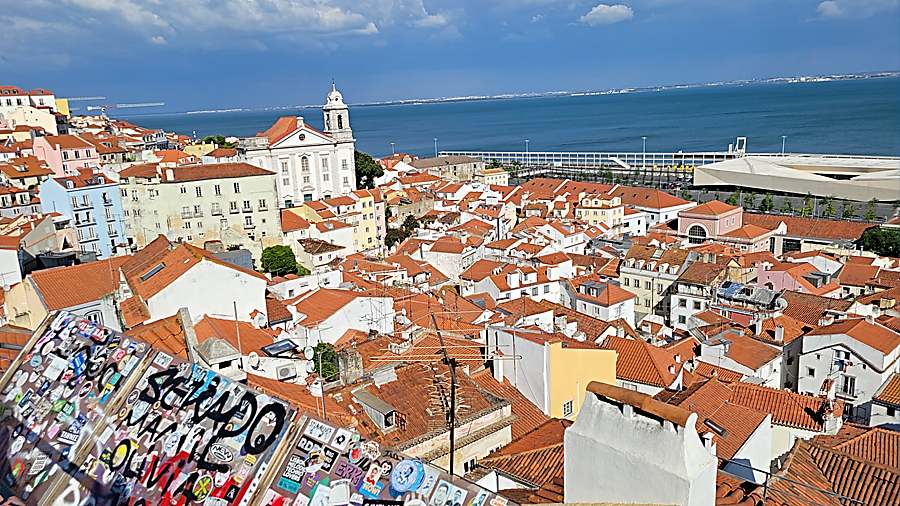
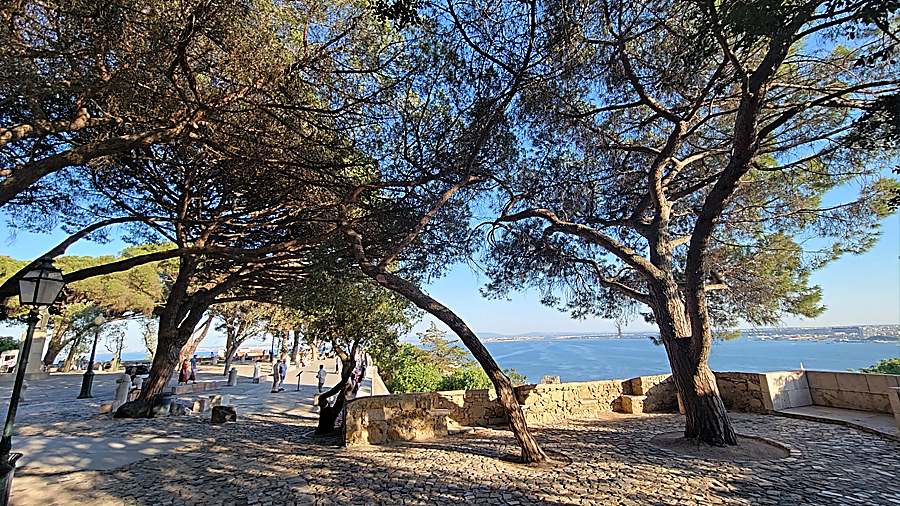
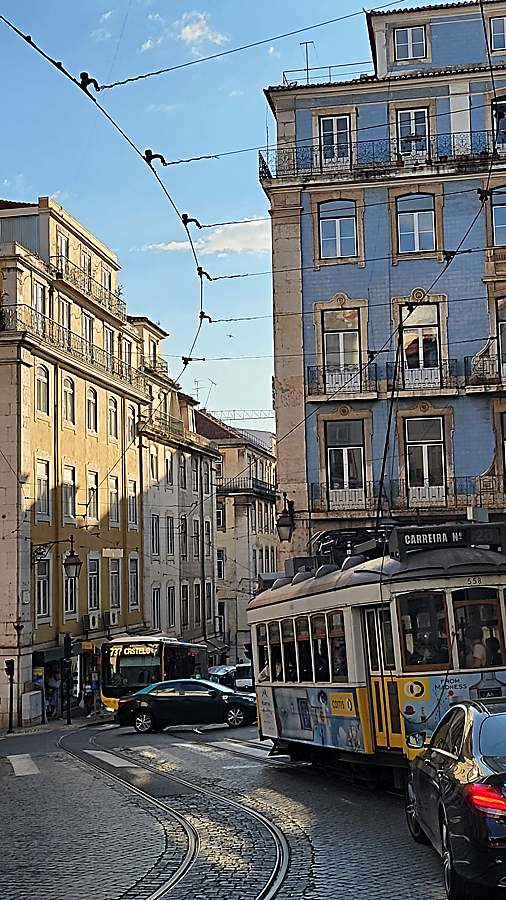
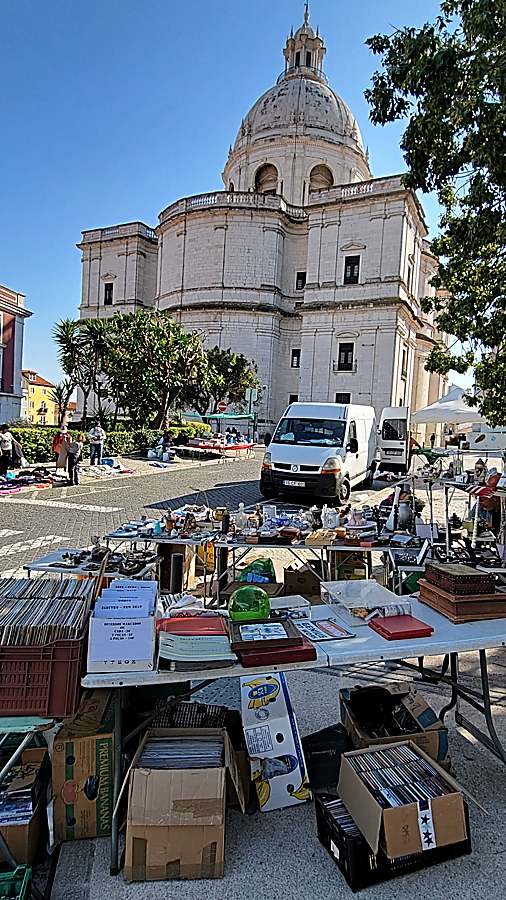
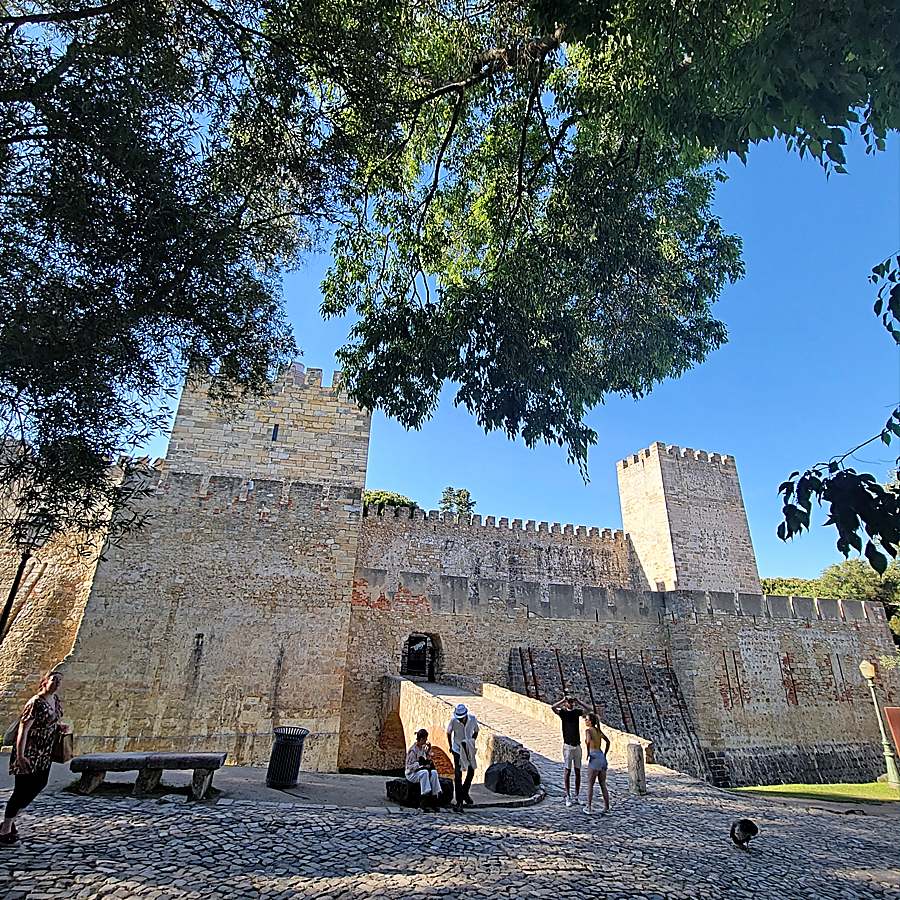
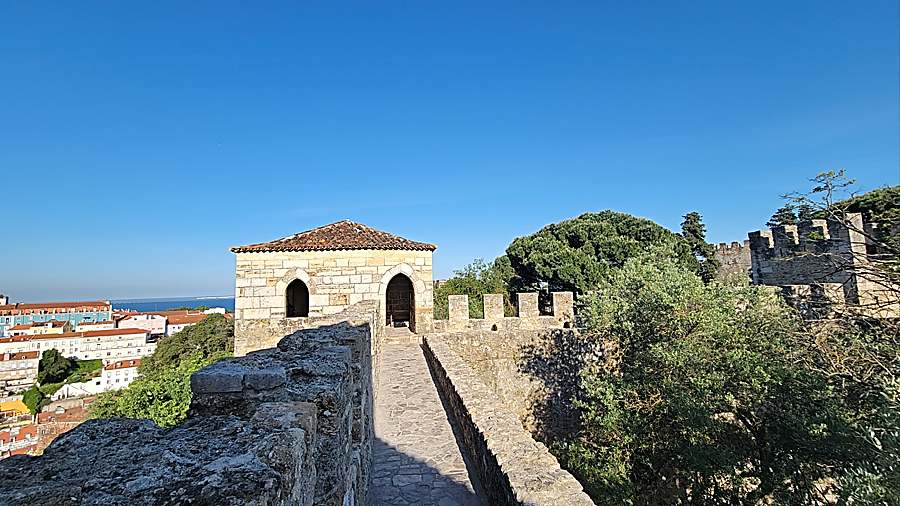
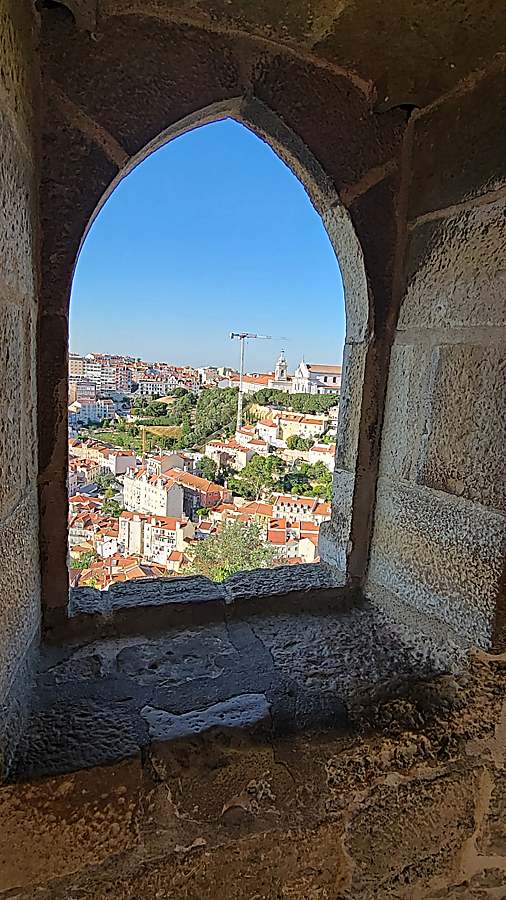
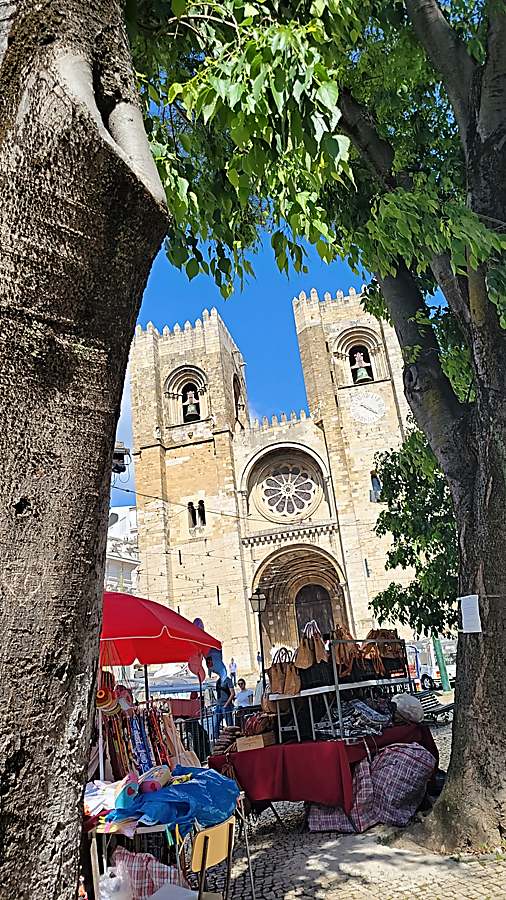
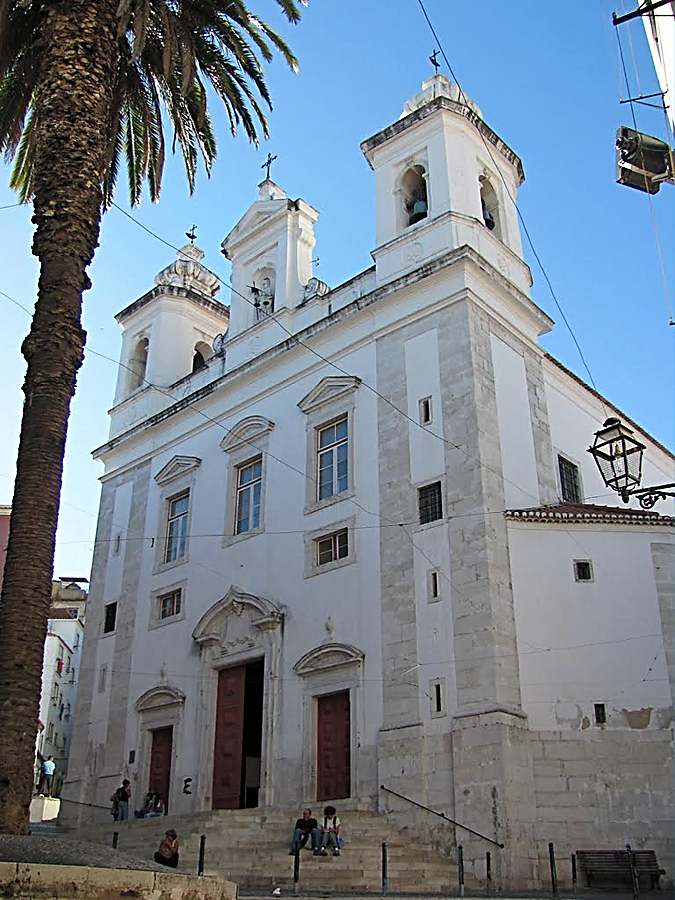
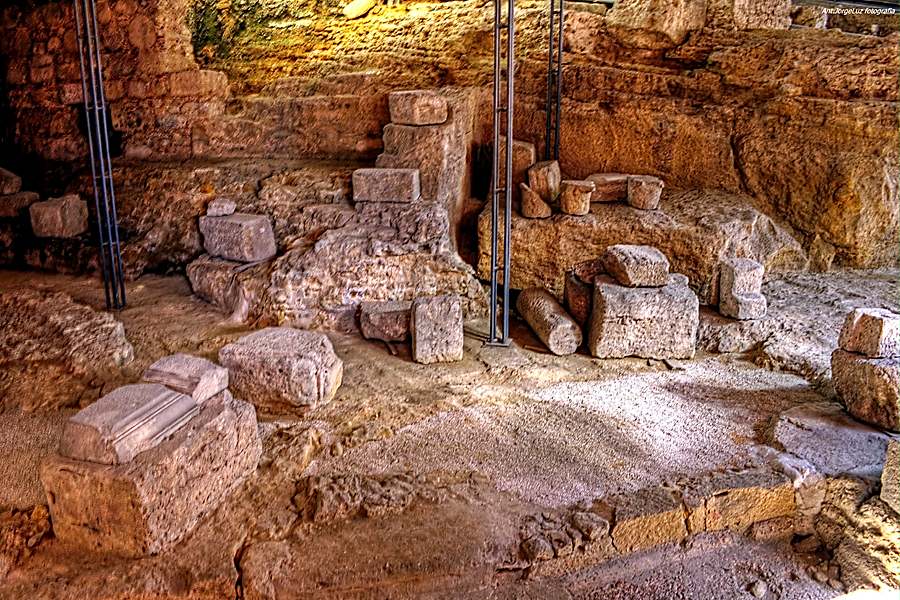
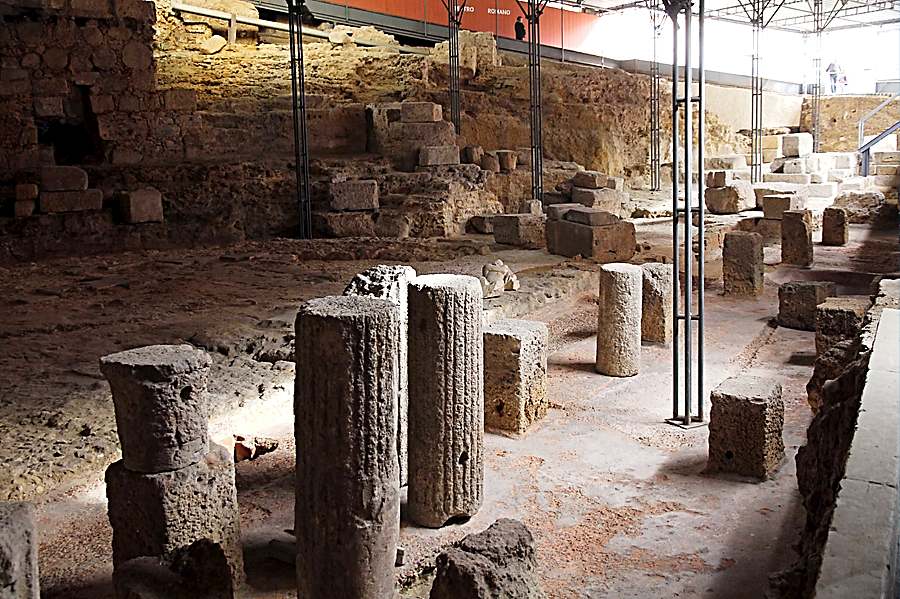
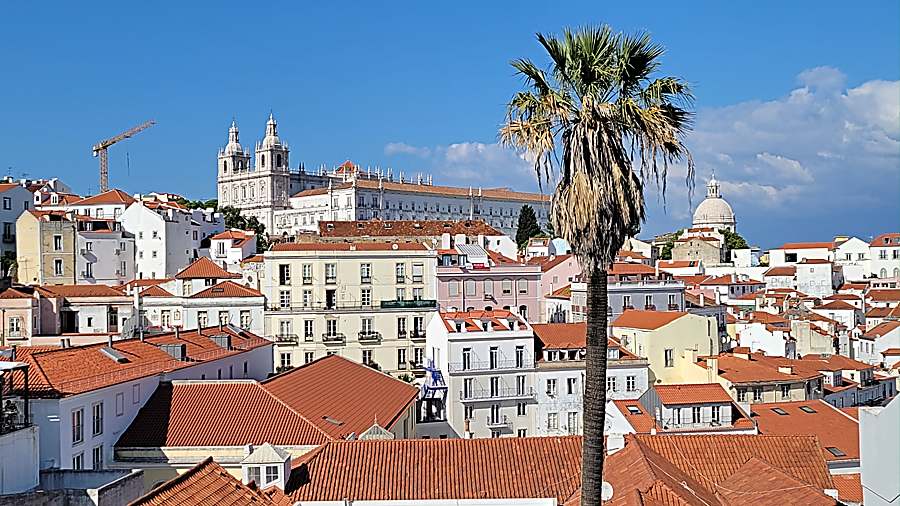
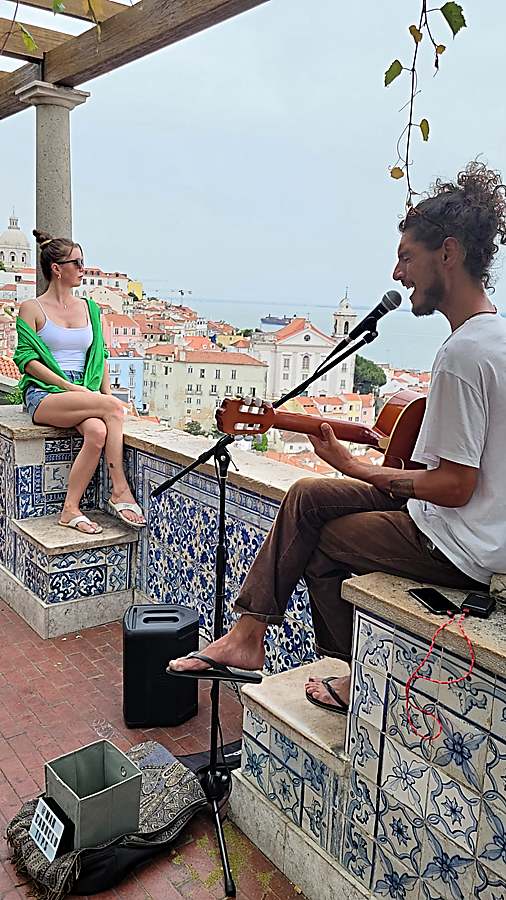
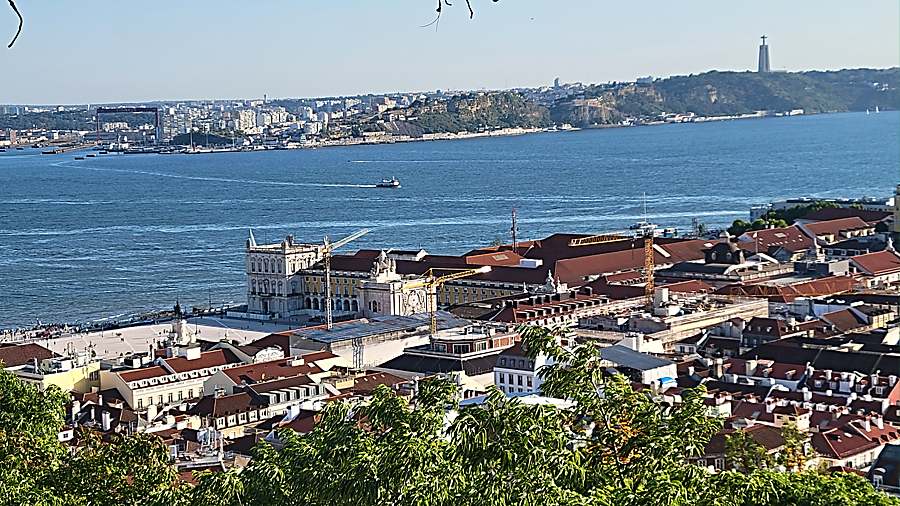
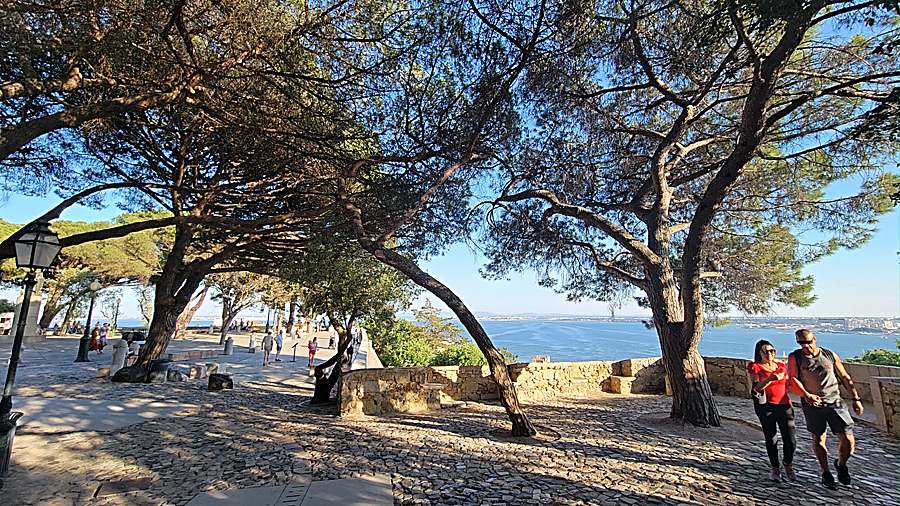
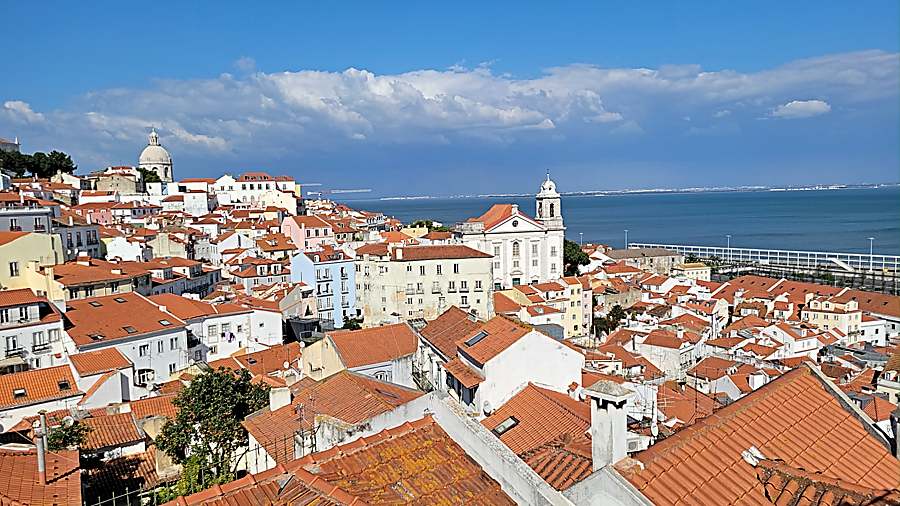
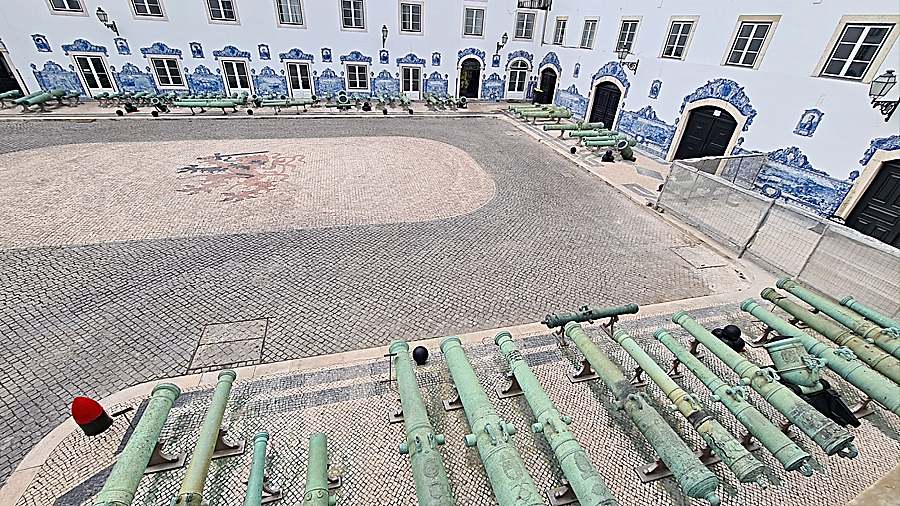
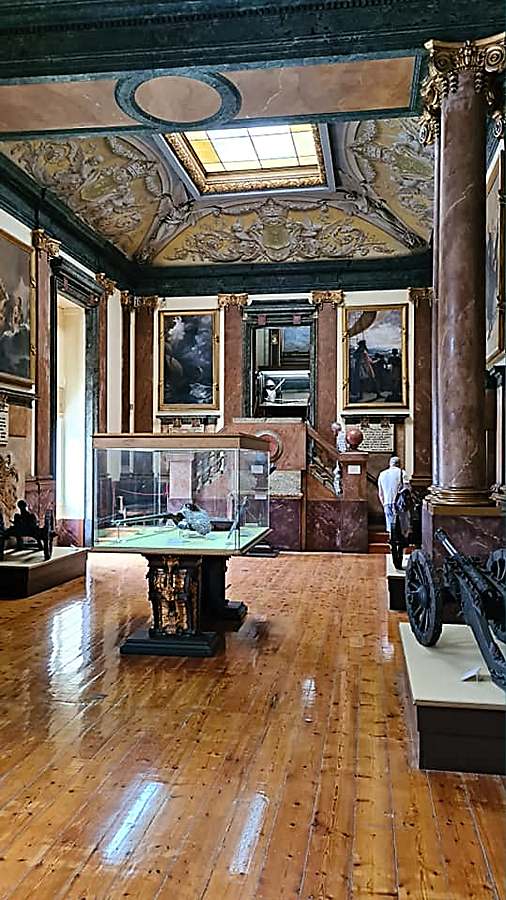
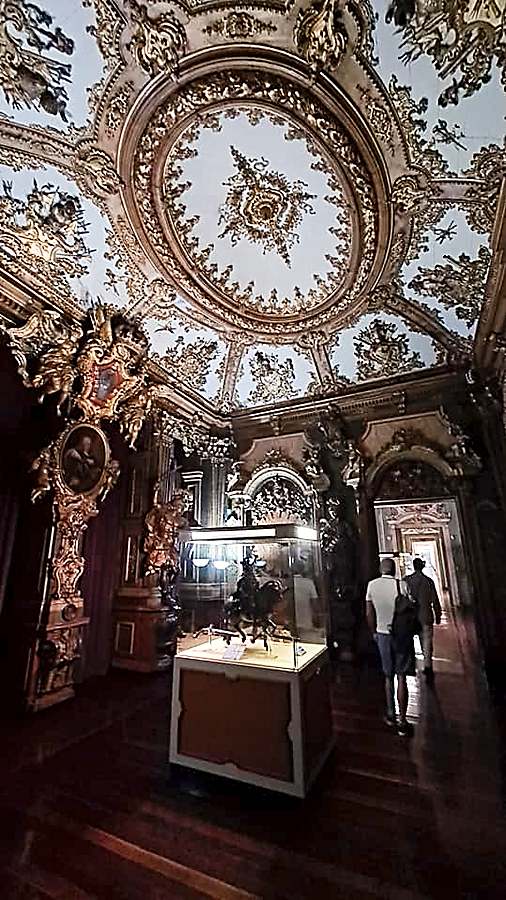
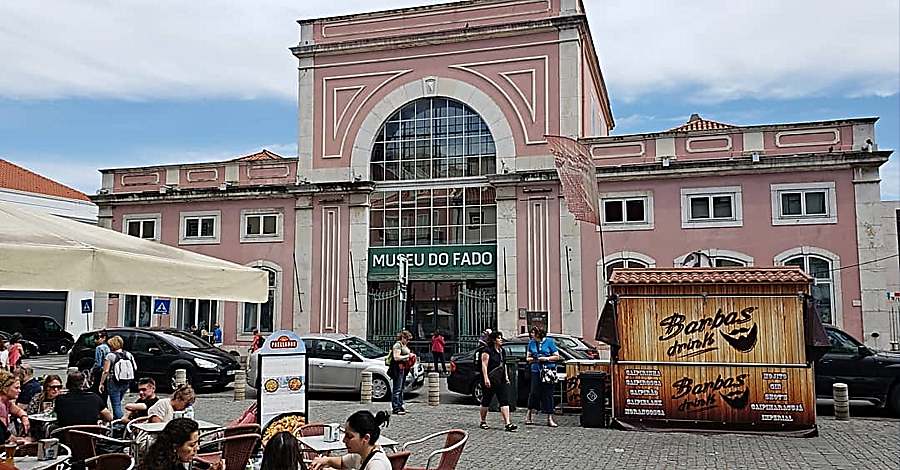
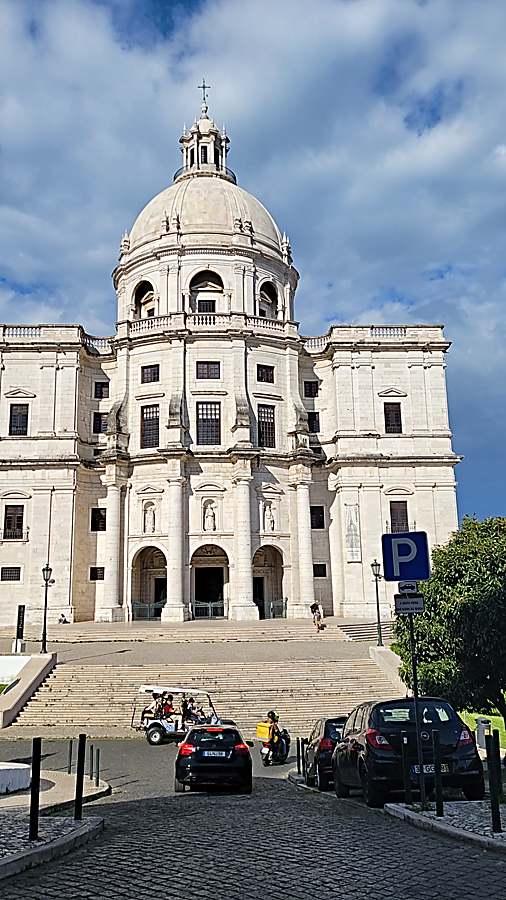
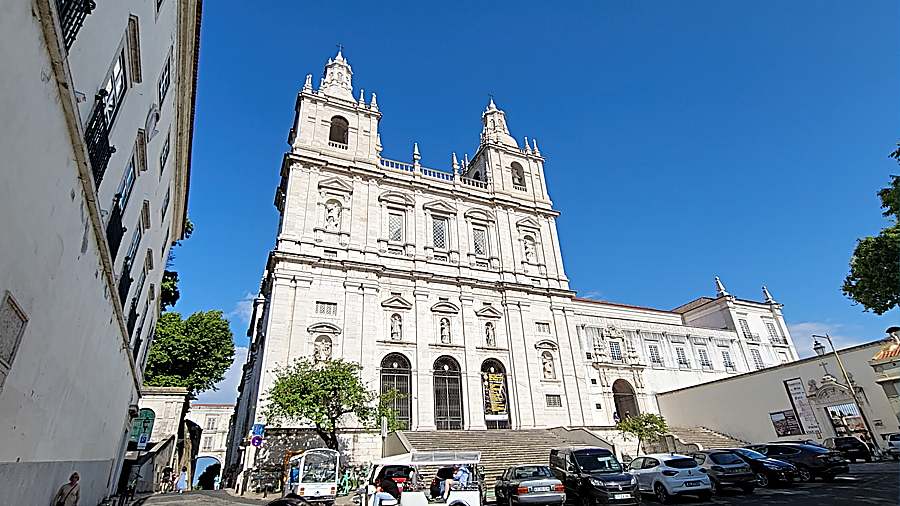
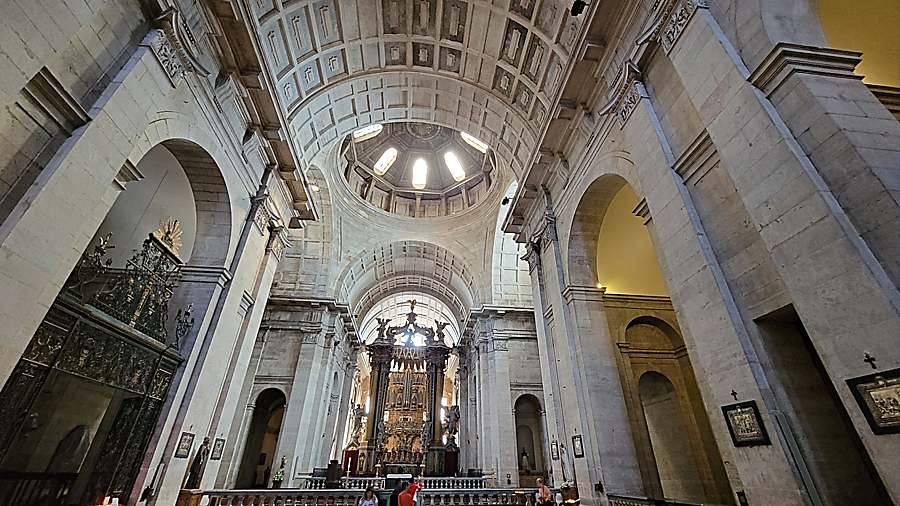
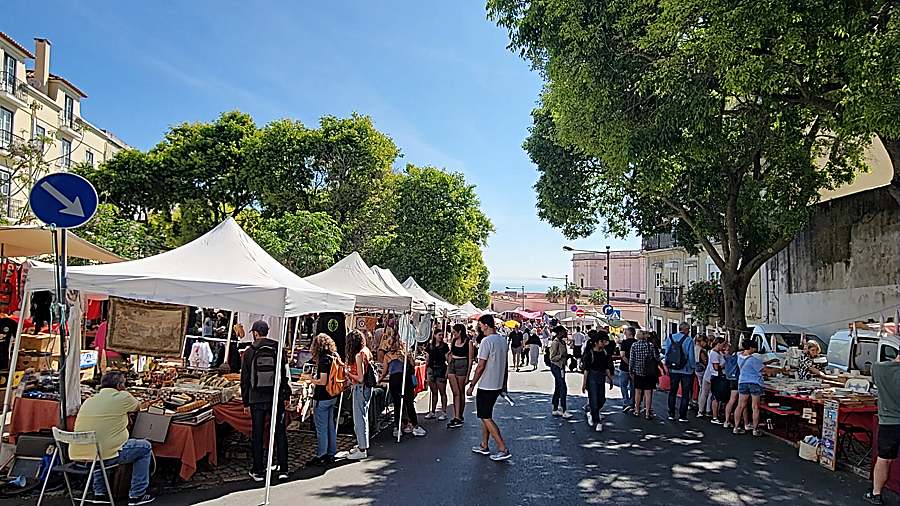
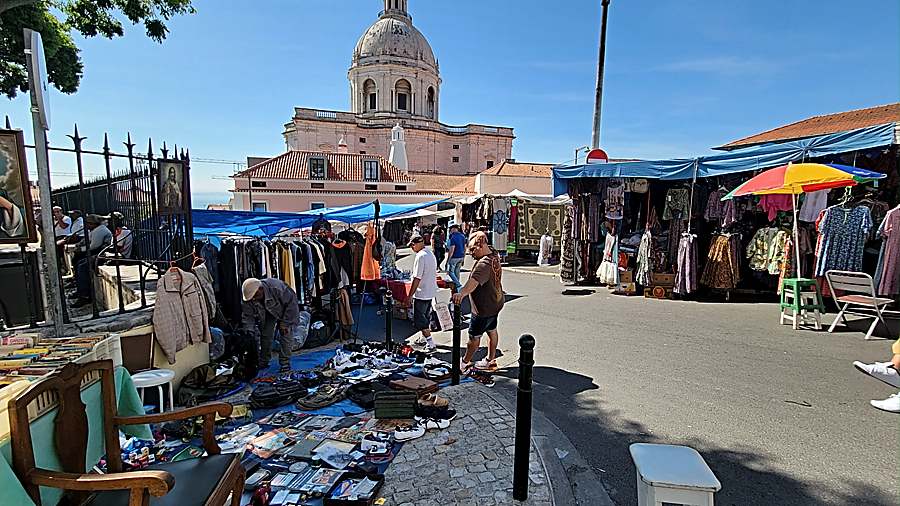
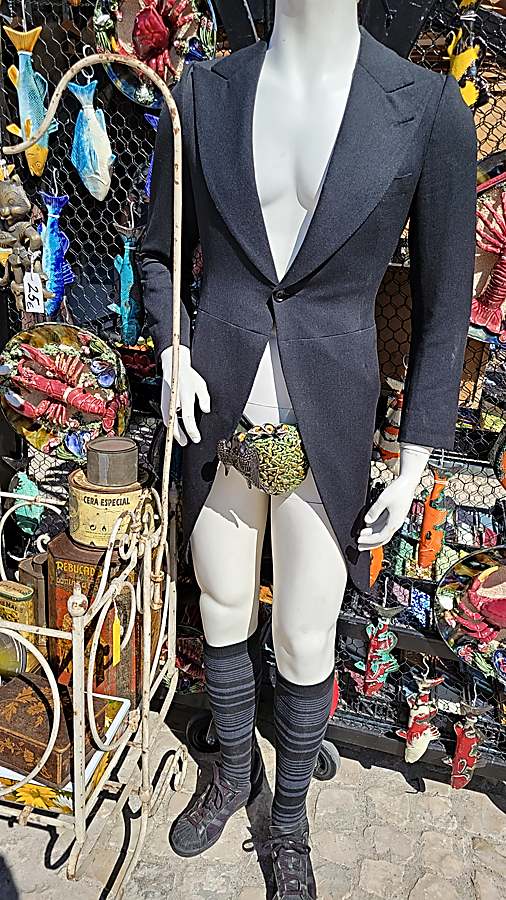
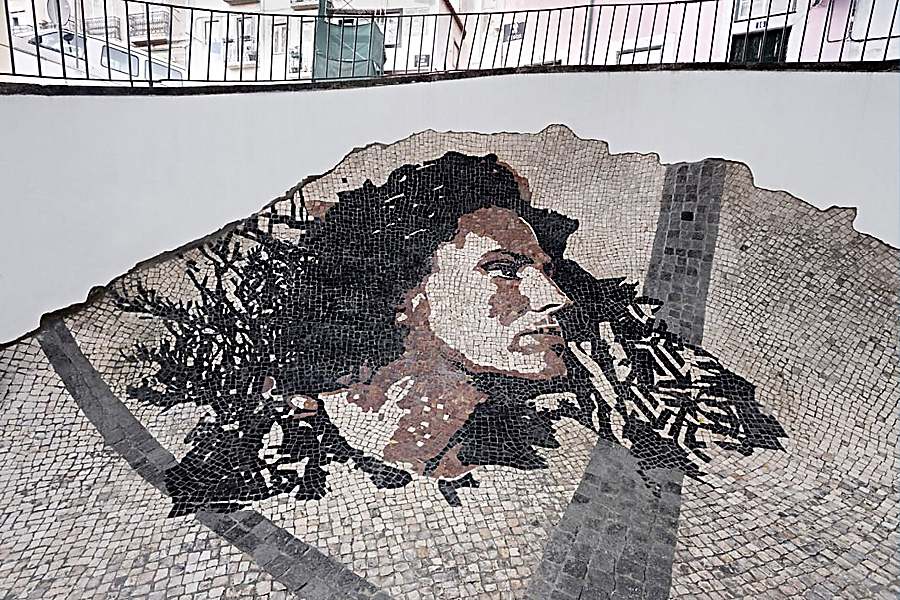
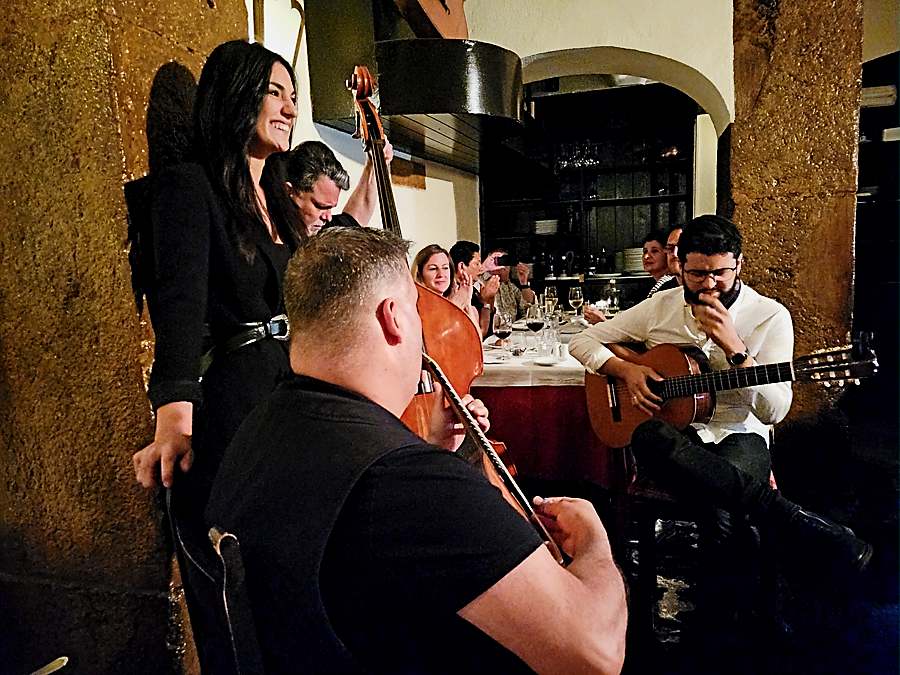
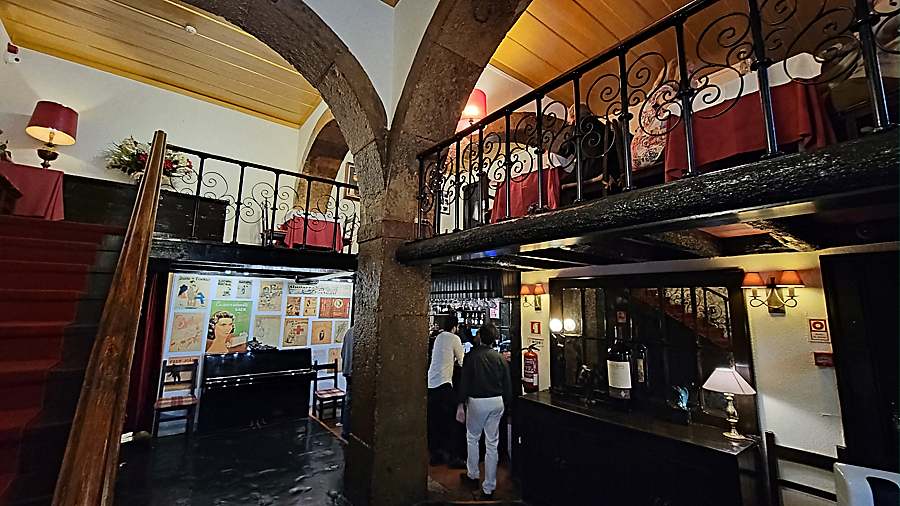
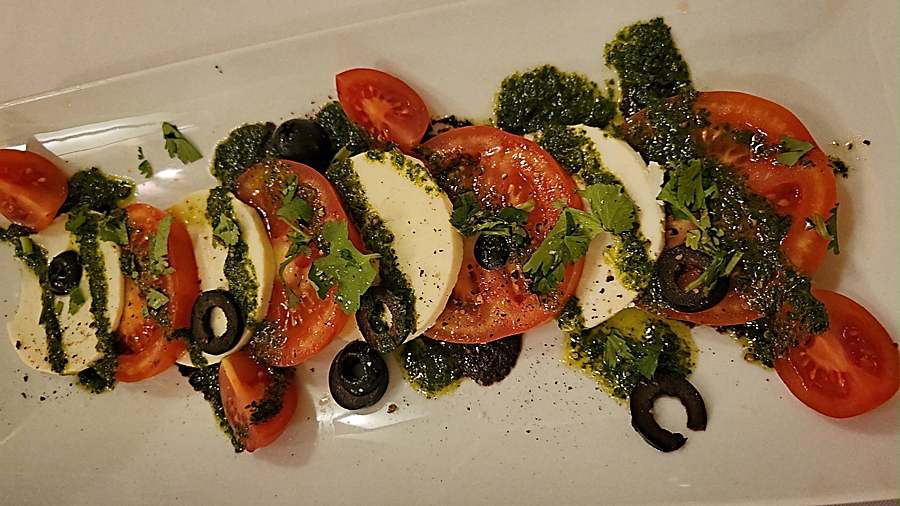
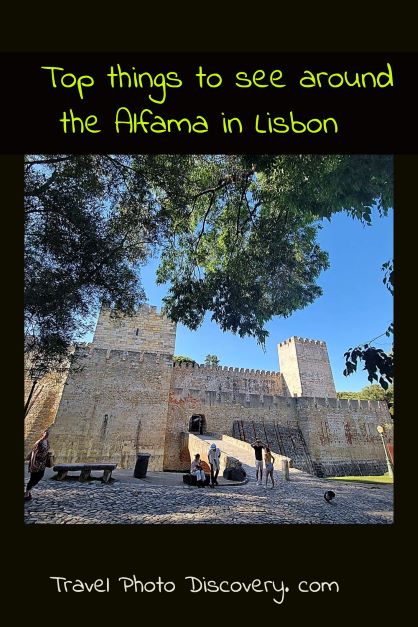
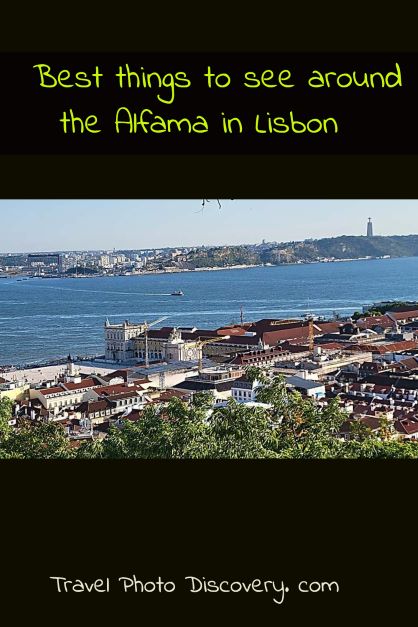
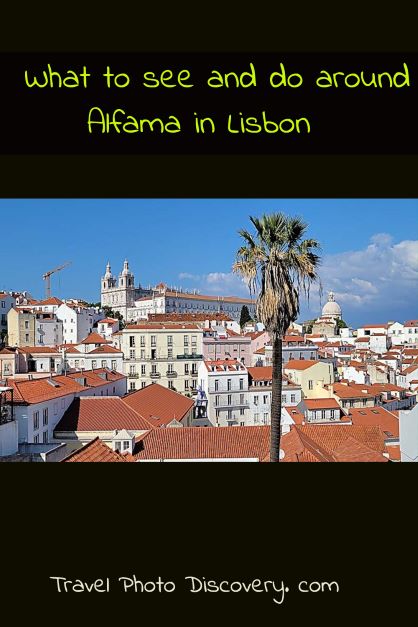
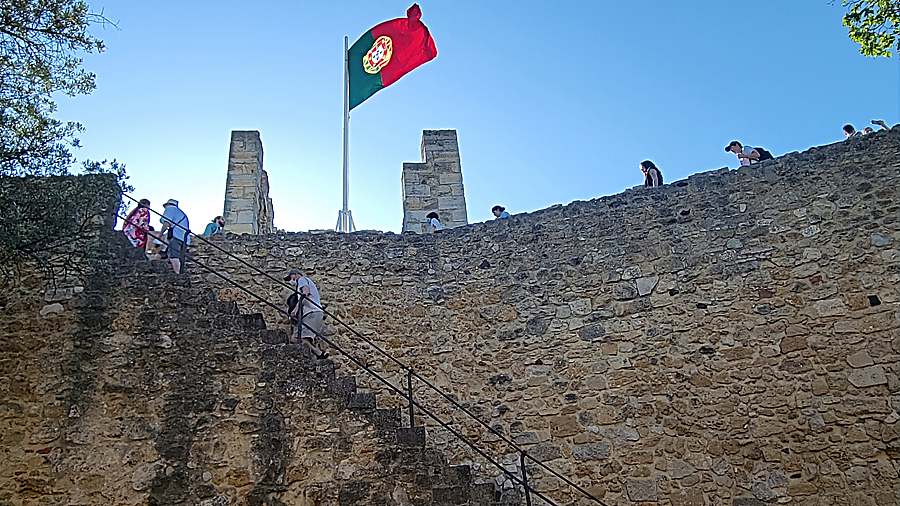

Alfama looks like an ideal place for those who love to explore historical places and also for architecture lovers. I loved the architecture of their ancient buildings. The beautiful mosaic mural has drawn my attention immediately. Loved reading about it.
The Alfama district is so historic and interesting with so many fascinating places and things to do here.
Wow! I did not realize there is so much to see and do in Alfama. I had no idea that it is the oldest district in Lisbon. Thank you for sharing this list. I would love to visit the Castle of St. George and enjoy the best view of the entire city at Miradouro de Graca
The Alfama district is fascinating with so many cool things to do here.
I quite enjoyed this neighbourhood in Lisbon. I know that the castle is the main draw, but I thought strolling the streets around it was just as lovely. As you recommended, there are some great viewing spots in this area of Lisbon. Reading your post rekindled some memories of this part of Lisbon – the Fado music, the food, and those views.
The Alfama is a draw just to walk around and find what attracts to you a certain place, there’s certainly a lot of places and things to do in the Alfama district.
Your blog brought back so many livid memories of my trip to Lisbon. Alfama was my favourite district, simply soaking in the gorgeous views from vantage points, wading past the cobbled streets, admiring the wall art with street music playing was such a wholesome experience in itself. I would love to go again and get lost in the fado music playing in tucked away lane ways/restaurants. I did a walking tour in Alfama and our tour guide made a pit stop so we could taste home made Grigio (cherry infused liquor) at an old lady’s window pane. 🙂
The Alfama does have so much to attract visitors with all these historic and cultural attractions and cool things to explore around the district, it does make an impression.
Alfama looks such an interesting city. I look attending music events during my travels and doing some antique shopping when possible. The Fado experience and flea market seem like my type of thing. I love Portuguese so I am pretty sure I would enjoy a nice meal after visiting all these cultural and historical sites.
Yes the Alfama district is really fascinating and doing a fado experience is truly a must experience here.
I am hoping to visit Lisbon the following spring so this article is very helpful. It’s very interesting to know how the name of this area came, and it reminds me of the Moorish past of most of Andalucia, in Spain. I would love to see all those fountains in Alfama. It’s great to know that there are so many viewpoints in Alfama as well. I love places from where I can get a panoramic view.
The Alfama is truly spectacular I hope you get to do all these fun things to do here.
Alfama is incredibly charming on its own! I’ve been to Lisbon but it was hardly for half a day. My Lisbon itinerary did have Tile Museum in the afternoon and Castel de Sao Jorge as the place to be in the evening to watch the sunset, but unfortunately, a 3-hour flight delay entirely flopped our plan and unfortunately, I missed Alfama completely!!! But then, it does give a good excuse to go to Lisbon again. I did enjoy a good Fado performance though. I wouldn’t miss the Roman Theatre remains as well on my next visit. Miradouro de Graca looks like the perfect place to relax and have a picnic lunch.
Yes definitely worth a a return visit to explore all these wonderful things to do in Alfama for views, historic sites, restaurants and yes fado experiences.
Portugal seems interesting. I have not been to Europe so hopefully I will be able to visit these places once I get to the other side 🙂
Definitely visit Portugal and the Alfama district is a must when you do!
I have learned a lot about Alfama history and its past. Interesting passage. The city is worth the visit, indeed. Amazing sight seeing, specially at the Miradouro de Santa Luzia and Miradouro de Graca.
Yes the Alfama is historic and as old as many places around Europe, truly great to see all these things around the city.